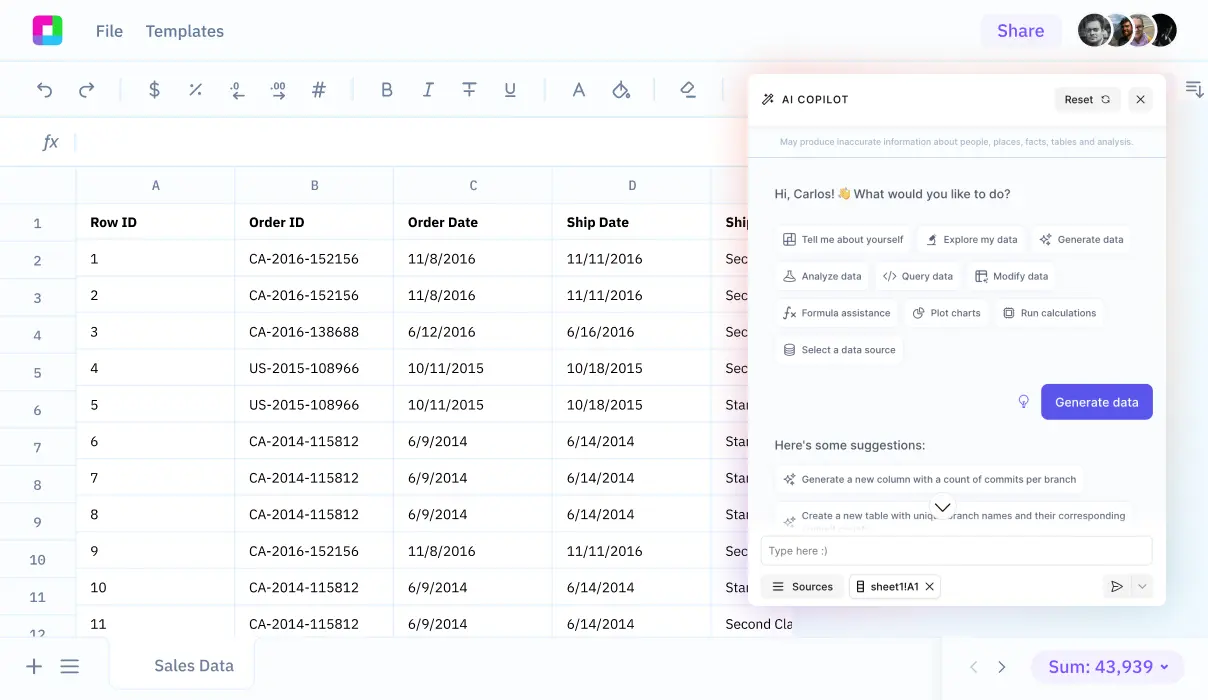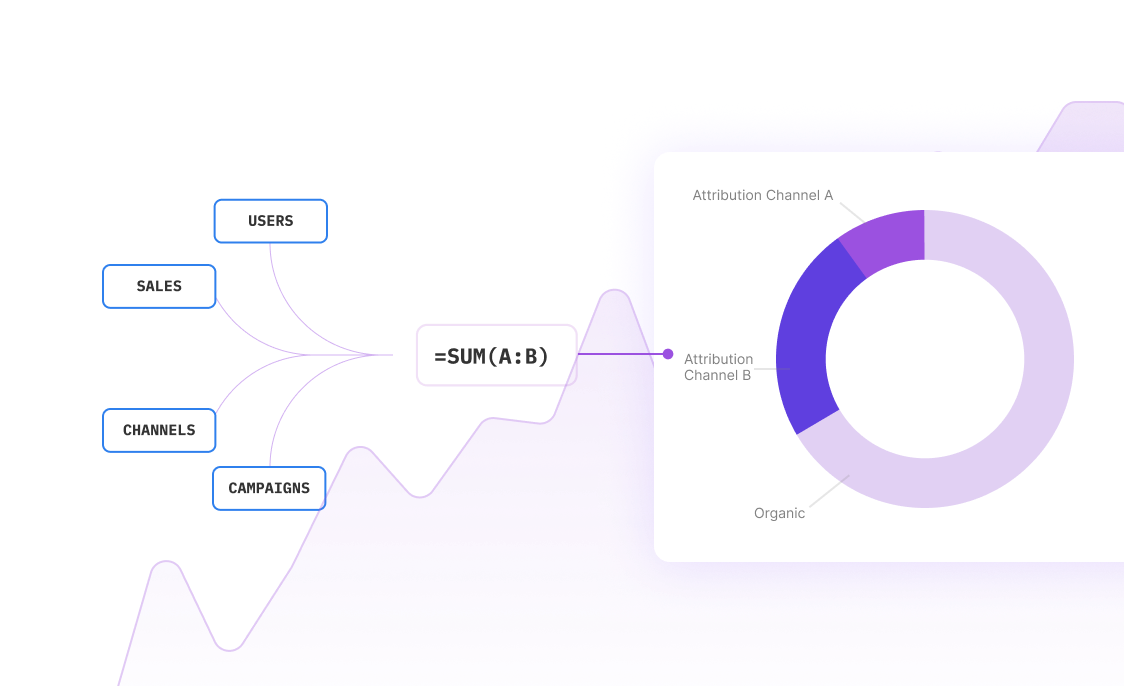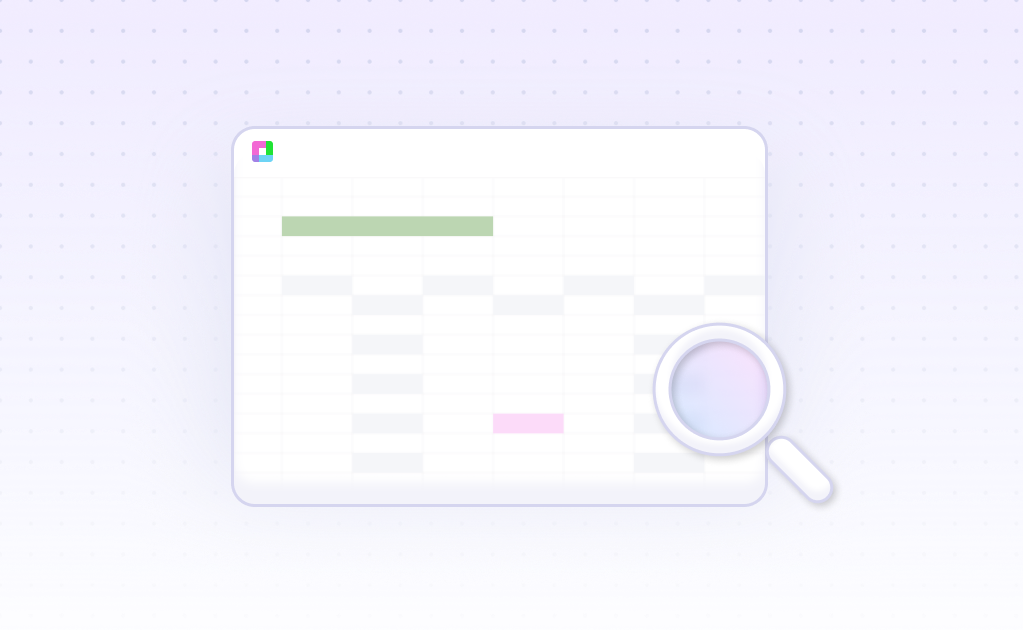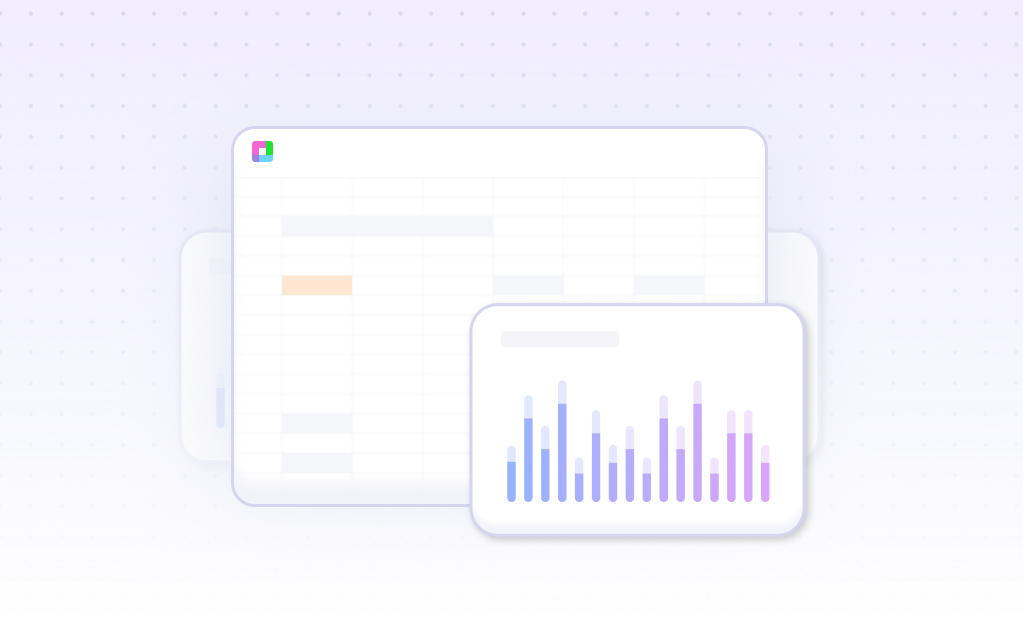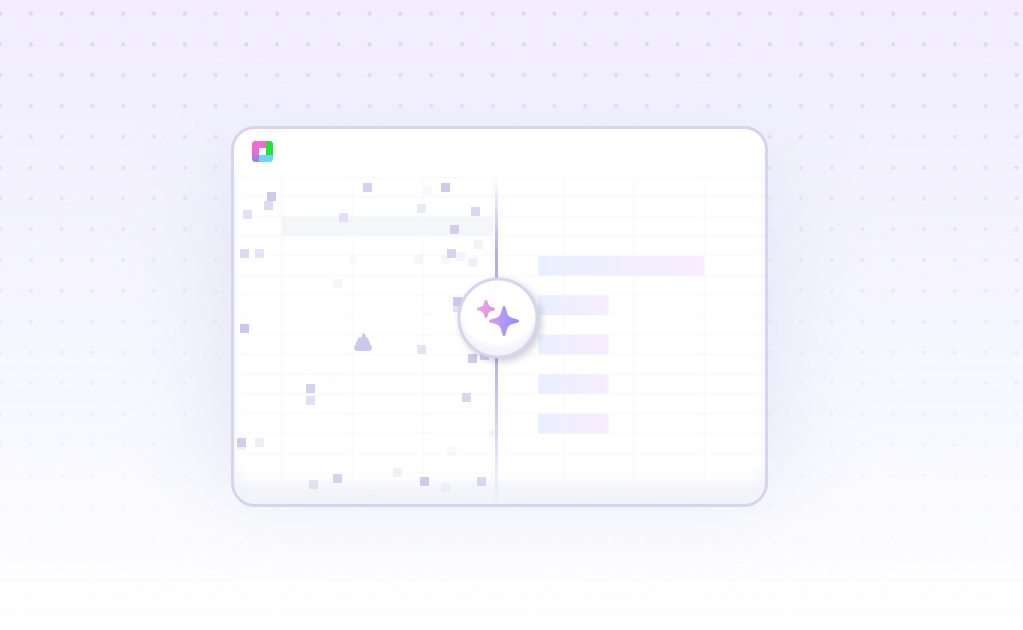
Introduction
Financial statement analysis provides critical insights into a company's financial health and performance. Excel has long been the go-to tool for this analysis, offering powerful features for calculating ratios, analyzing trends, and organizing financial data. Its flexibility and collaborative capabilities make it ideal for financial professionals.
Modern AI-powered alternatives like Sourcetable are revolutionizing financial analysis by combining Excel's functionality with advanced automation. Sourcetable streamlines the process through automated formula generation, data cleaning, and sophisticated modeling capabilities. Its SQL and Python integration enables complex financial analysis without requiring extensive technical expertise.
Discover how to transform your financial statement analysis with Sourcetable's AI-powered features at sourcetable.com/signup.
Why Sourcetable Is Superior for Financial Statement Analysis
Sourcetable combines Excel's familiar spreadsheet functionality with powerful AI capabilities, creating an unmatched tool for financial statement analysis. Like Excel, Sourcetable offers API access, free versions, and trials, but enhances these features with AI-driven insights.
Enhanced Accuracy and Automation
Sourcetable's AI technology automates routine financial reporting tasks while maintaining higher accuracy than traditional Excel analysis. The system automatically cross-checks balance sheets and financial statements, reducing human error and preventing fraud through internal data screening.
Advanced Financial Reporting
The Financial Reports feature in Sourcetable provides comprehensive insights into chart of accounts data. Users can analyze general ledger figures, compare G/L entries with budget entries, and utilize row and column definitions for detailed financial analysis.
Natural Language Processing Advantage
Unlike Excel's formula-based approach, Sourcetable allows users to interact with financial data using natural language commands. This capability streamlines the creation of data visualizations and automated reports, making complex financial analysis more accessible and efficient.
AI-Powered Decision Support
Sourcetable's AI capabilities enable deeper data analysis and improve decision-making processes. The system helps draft reports, identifies potential risks, and assists auditors by surfacing relevant information, features not available in traditional Excel spreadsheets.
Benefits of Financial Statement Analysis with AI-Powered Tools
Financial statement analysis reveals critical insights about business performance, profitability, efficiency, liquidity, valuation and debt. This analysis informs strategic decision-making, monitors progress against goals, and facilitates comparisons across fiscal periods and peer companies. Through comprehensive financial analysis, organizations can identify growth opportunities, improve operations, and evaluate investment risks.
Key Advantages of Financial Statement Analysis
Analysis of financial statements enables businesses to assess historical performance, set strategic direction, and manage operations effectively. It serves as a fundamental tool for investors evaluating opportunities and lenders determining creditworthiness. Regular financial analysis helps identify areas for increased efficiency while measuring progress against business objectives.
Enhanced Analysis with AI-Powered Tools
AI-powered spreadsheet tools transform financial statement analysis by revealing hidden patterns and trends within data. These platforms automate repetitive tasks like data entry, cleaning, and formatting, allowing analysts to focus on strategic insights. The ability to use natural language commands accelerates analysis workflows while delivering deeper insights that drive better decision-making.
Financial Statement Analysis Examples with Sourcetable
Organizations can leverage financial statement analysis to make critical decisions about program expansion, property acquisition, investments, government contracts, and grant acceptance. Modern AI-powered spreadsheet tools automate complex analysis tasks while improving accuracy and insight discovery.
Liquidity Analysis
Key liquidity ratios assess an organization's ability to cover obligations and expenses. The current ratio evaluates near-term assets against obligations. The quick ratio (cash + investments + receivables) / current liabilities measures liquid asset coverage. The cash ratio (cash + investments) / current liabilities examines immediate payment capability.
Operational Analysis
Operating performance metrics include turnover ratios, operating margin, and total margin. The receivables turnover ratio tracks collection efficiency. Operating and total margin ratios evaluate revenue coverage of expenses. Return ratios measure management's effectiveness at leveraging assets, investments, and equity.
Non-Profit Analysis
Non-profit organizations can analyze contribution ratios, government revenue dependence, and fundraising efficiency. The program expense ratio reveals resource allocation between programs and administration. Additional metrics include debt burden, near-term solvency, and capital asset condition.
Government Agency Analysis
Government analysis examines debt-to-assets, liability ratios, and coverage metrics. Short-run financial position evaluates unassigned general fund balance against revenues. Days of cash on hand (cash + investments) / ((total expenses - depreciation - bad debt) / 365) measures liquidity reserves.
AI-Powered Financial Statement Analysis Use Cases
Financial Modeling and Forecasting |
Analysts use Sourcetable to build financial models and generate forecasts based on historical data and market trends. |
Sales Prediction |
Predict future sales figures using AI analysis of historical financial data and market patterns. |
Customer Churn Analysis |
Identify customers likely to leave based on historical behavioral data analysis. |
Automated Statement Generation |
Generate error-free financial statements with automated data processing, improving transparency and reducing operational costs. |
Quality Control |
Minimize errors and risks in financial statements through automated validation and verification processes. |
Frequently Asked Questions
What is financial statement analysis and who uses it?
Financial statement analysis is the process of analyzing company financial statements for decision-making purposes. Both external stakeholders (to evaluate business health, performance and value) and internal stakeholders (to monitor finances) use this analysis.
How does Sourcetable help with financial statement analysis?
Sourcetable makes financial analysis easier by syncing with databases and 100+ business applications like Quickbooks, providing an AI copilot for spreadsheet work, and allowing users to query data using natural language instead of complex SQL. The AI adjusts to your datasets and helps with database analysis automatically.
What are the main ways to analyze data in Sourcetable?
In Sourcetable, you can analyze data by: asking questions in natural language, running SQL queries (either directly or through a GUI), using LLMs, creating 3D plots, and leveraging cloud compute. The platform automatically generates SQL from natural language questions and creates charts from your analysis.
Conclusion
Financial statement analysis requires reviewing balance sheets, income statements, cash flow statements, and annual reports. Excel streamlines this process through automated formulas, data visualization, and ratio calculations. The spreadsheet software excels at managing large financial datasets with precision and flexibility.
For those without Excel expertise, Sourcetable offers an AI-powered alternative that combines spreadsheet functionality with natural language processing. This innovative platform connects to over 100 data sources and accelerates financial analysis through AI-assisted formulas and charting. Experience how Sourcetable simplifies financial statement analysis at sourcetable.com/signup.
Frequently Asked Questions
If you question is not covered here, you can contact our team.
Contact Us
